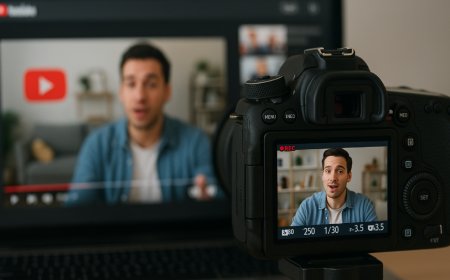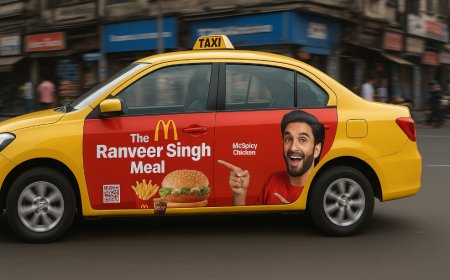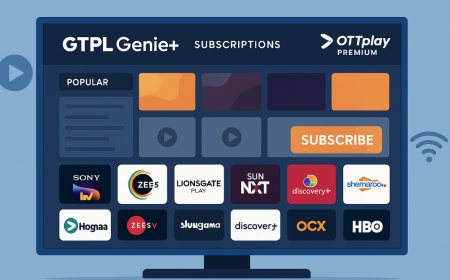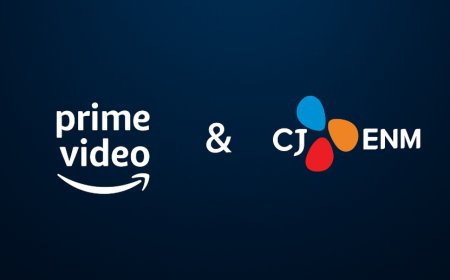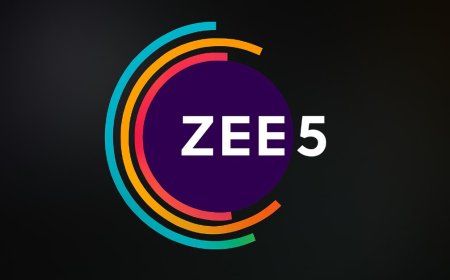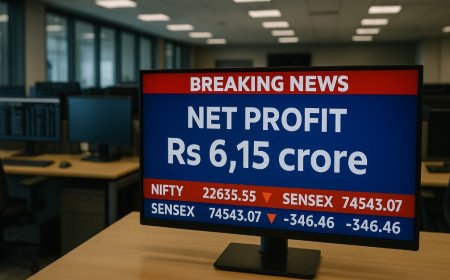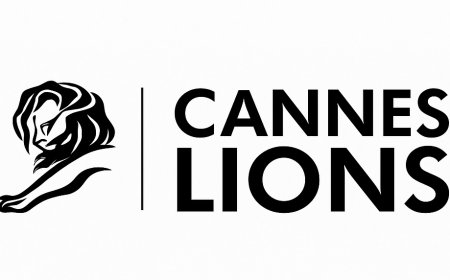What 'Take Rates' Reveal About ROI on Brand Ad Spends
Discover how take rates help brands evaluate advertising ROI across platforms and what they reveal about the real cost of digital growth.

In the world of digital commerce and advertising, few metrics generate as much buzz—and confusion—as "take rates." Once a quiet backend number, take rates have now emerged as a critical lens through which brands evaluate ROI on their ad spend, especially across marketplaces and aggregator platforms.
As brands double down on digital advertising and performance marketing, understanding what take rates truly represent—and what they don’t—is key to optimizing media budgets and ensuring real business growth.
What Is a Take Rate?
In simple terms, a take rate refers to the percentage of transaction value that a platform earns as revenue. For instance, if a product worth ₹1,000 is sold on an online marketplace and the platform retains ₹100 as commission or ad-driven margin, the take rate is 10%.
Take rates are commonly seen in:
-
Marketplaces (Amazon, Flipkart, Nykaa, etc.)
-
D2C aggregators and e-commerce platforms
-
Online food delivery apps and ride-hailing services
-
Influencer and affiliate networks
But increasingly, take rates are being used as a proxy for ad-driven return on investment (ROI)—especially for consumer brands that rely heavily on digital channels to move inventory.
How Are Take Rates Connected to Ad Spend ROI?
Brands often invest in sponsored listings, in-app ads, and paid search across e-commerce platforms. In many cases, platforms factor this ad revenue into their take rate calculations. As a result, a rising take rate can signal either:
-
Higher dependence on ads to drive sales
-
Increased platform costs cutting into brand margins
For marketers, this means evaluating not just top-line growth but how much of each sale is being 'taken' by ad spend and platform fees—and whether that is justified by the conversions it brings.
Why Take Rates Matter More Than Ever
With inflationary pressure, rising media costs, and demand for performance transparency, every rupee spent on advertising is under scrutiny. Take rates help answer critical ROI questions like:
-
Are we overpaying to win digital shelf space?
-
Are we subsidizing visibility without profitable returns?
-
Are the ads driving incremental sales or just cannibalizing organic traffic?
Brands need to know whether they are growing profitably or simply paying more to stay in the game.
High Take Rate ≠ High Returns
A common misconception is that higher take rates must translate into better visibility and hence better returns. However, this isn't always the case. Brands often report that:
-
Ad-spend-heavy sales are less profitable, especially during seasonal bursts
-
Platform incentives and bid wars increase take rates without incremental lift
-
Repeat purchases decline, making initial ad investment less justifiable
In some categories—like fashion or FMCG—the competition for top ad slots is so fierce that take rates outpace actual margins, resulting in low or even negative ROI on certain campaigns.
What Do Brands Need to Watch Out For?
1. Hidden Costs
Ad campaigns often include not just CPC (cost-per-click) but retargeting, platform surcharges, and campaign management fees.
2. Attribution Gaps
Sometimes platforms claim credit for sales that would’ve happened organically, inflating the take rate without true performance value.
3. Over-Reliance on Paid Traffic
A high take rate might signal a weak organic presence, which is not sustainable long-term.
Industry Benchmarks & Variations
While take rates vary widely by category and platform, some general insights include:
-
Electronics & appliances: Lower take rates (~5-8%), but higher volume
-
Fashion & beauty: Higher take rates (~12-18%) due to greater ad dependency
-
Grocery & quick commerce: Can exceed 20%, especially with time-sensitive campaigns
What Should Brands Do?
To make smarter decisions around ad spends and take rates, brands should:
Track net ROI, not just impressions or clicks
Benchmark take rates across platforms and timeframes
Invest in organic growth—SEO, reviews, influencer content
Negotiate platform terms when scaling spend
Run incrementality tests to separate real impact from attribution noise
Final Thoughts
As digital platforms become increasingly pay-to-play, take rates offer a transparent view into the cost of customer acquisition—and its sustainability. While they’re not the only metric that matters, they’re a powerful starting point for deeper ROI discussions.
What's Your Reaction?
 Like
0
Like
0
 Dislike
0
Dislike
0
 Love
0
Love
0
 Funny
0
Funny
0
 Angry
0
Angry
0
 Sad
0
Sad
0
 Wow
0
Wow
0

